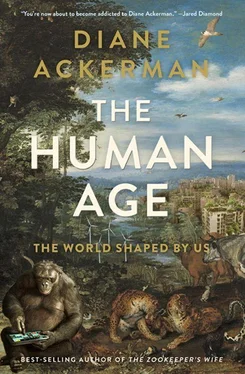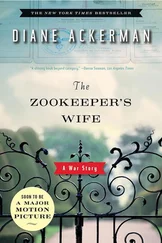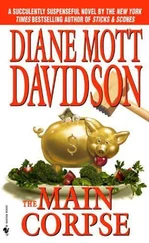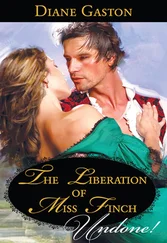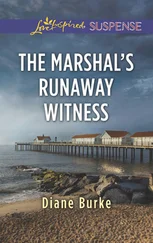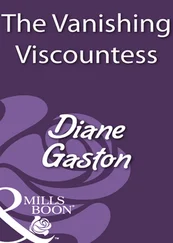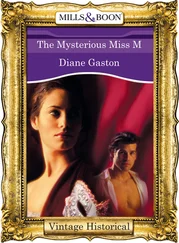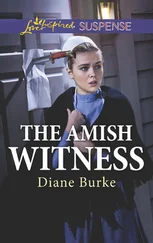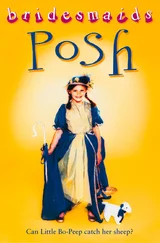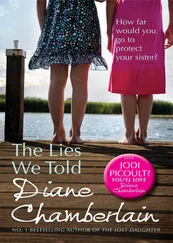“Do you think of yourself as a fisherman or a farmer?” I ask.
“A farmer now. It’s more like growing arugula than facing the dangers of the sea—which, believe me, I’ve seen.”
In a sense 3D farming is rotational agriculture. Bren harvests kelp in the winter and early spring; red seaweed in June and September; oysters, scallops, and clams year-round; mussels in the spring and fall. At least that’s the theory. Hurricane Irene tore up his oyster beds, which he promptly reseeded, knowing he’d have to wait two more years for harvest. Hurricane Sandy smothered the oyster beds yet again. Clams have a better chance of surviving a hurricane because they at least have a strong foot and can move a little. But oysters really are trapped. They don’t even move to eat or mate. Without the reefs, storm surges churn them up, and as the silt smothers the oysters they die, beginning the slow process of joining the fossil record. Right along with the Model Ts that sank when the Long Island Sound froze over in 1917–1918 and foolhardy souls tried driving across it.
“Ironically,” Bren says thoughtfully, “I may be one of the first green fishermen to be wiped out by climate change.”
But Bren is upbeat and confident. Fortunately, he was able to harvest some mussels in the thick of a snowstorm, just before Blizzard Nemo hit. Kelp, at least, is a post-hurricane-season crop. After Sandy he began planting the year’s kelp, and now, in mid-February, it’s nearly ready for harvest.
Unmooring the dinghy, Bren hops back in, and we motor out to his solar-powered fishing boat, placid as a tiny icebreaker half a mile offshore. En route, we weave through the Thimble Islands, an archipelago of islets, some with majestic cliffs of 600-million-year-old pink granite. Many are topped by stilted, turreted, luxe storybook houses with long wooden staircases winding down to the water.
A receding glacier left behind this spill of islands: massive granite knobs, stepping-stone slabs, and submarine boulders and ledges, some of which only appear at low tide. Named after wild thimbleberries, not thimble-sized cuteness, the cluster includes Money Island, Little Pumpkin, Cut-in-Two Island, Mother-in-Law Island, Hen Island, and East Stooping Bush Island, among many others—between 100 and 365 (depending on the height of the tide, how you define an island, and if you cherish the idea of an island for each day of the year), with around twenty-three of them inhabited by people during the summer. Harbor seals and birds abound. Each island is cloaked in its own gossip and lore, thanks in part to famous sojourners, from President Taft to Captain Kidd and Ringling Brothers’ Tom Thumb.
As saltwater and river water mix in the estuary, it offers a feeding and breeding refuge to 170 species of fish, 1,200 species of invertebrates, and flocks of migratory birds. Horse and Outer islands are wildlife preserves. For Bren it’s a fertile garden visited in summer by flocks of seasonal guests and in winter by tumultuous storms, but always spawning life above and below the surface. Today, in arc-light winter, with a chill wind slicing around the water streets, the garden is icy-blue and glaring, with air that’s clear as a bugle call.
“The granite cliffs are amazing,” I say, inhaling their feline beauty. Flecked with velvet-black biotite and streaks of cream and gray quartz, in the speckled sunlight, with the boisterous sea slapping at their base, they look more animal than mineral.
“It’s the same pink granite that helped build the Statue of Liberty,” Bren explains, “and the Lincoln Memorial and the Library of Congress. In Ayn Rand’s The Fountainhead , the architect stands at the edge of a local granite quarry…”
“Full of capitalist machismo, as I recall.”
“Exactly!” Bren says, blue eyes flashing. “I came here in part to erase that image and that extreme ideology.”
I know the passage he means, the one in which Howard Roark, clothed only in his grandiosity, stands above the quarry, with all of nature his raw material, something to be devoured by the few powerful men who deserve to rule the world:
These rocks, he thought, are here for me; waiting for the drill, the dynamite and my voice; waiting to be split, ripped, pounded, reborn; waiting for the shape my hands will give them.
“I pillaged the seas,” Bren admits in a conscience-stricken voice. “When I look back over my life, I see it as a story of ecological redemption. I was a kid working thirty-hour shifts, fishing around the clock, and I absolutely loved it because I got to be on the open sea. But, you know, we scoured the ocean floor, ripping up whole ecosystems. We fished illegally in protected waters. I’ve personally thrown tens of thousands of dead bycatch back into the sea. It was the worst kind of industrial fishing.”
There was a time when cod grew large enough to swallow a child. But fishermen have been systematically harvesting the largest fish, and the cod had to mate earlier and at a smaller size to survive as a species. The successful ones passed on their genes. Now a cod will fit on a dinner plate. Soon there will only be small fish in the sea. In the process of reducing them we’ve also remodeled our vision of cod—from a behemoth that could feed a whole family to a small and harmless fish. Even those are vanishing, along with other marine life forms, in one of the greatest mass extinctions ever to befall the planet. For Bren, the whole foraging, hunter-gatherer mentality has led to decades of what he thinks of as a kind of piracy, minus the romance.
“I went back to Newfoundland once it was clear to me that fishing like that wasn’t sustainable. I loved the sea and I could see the destruction, and I became much more conscious of the ecosystem. After that I went to work on some of the salmon farms, but I saw the same sort of industrial farming. Not good for the environment, and not good for people. Wild fishing and farming fish—neither one was sustainable. The sea was in my soul; I knew I needed to work on the sea. But I was part of a new generation that wanted something different. So how could I evolve into a green fisherman, I wondered?
“I ended up here in Long Island Sound right at the time there was a movement to bring young fishermen under forty back into the fisheries. They opened up shellfish grounds. You see, it’s very hard to get shellfish grounds because they’re all owned by about six families going back generations. But when they opened up these grounds ten years ago, I came and started aquafarming. I thought, okay, on this sixty-acre plot of ocean, what species can I choose that will do several things to create sustainable food in a good way? And can I think beyond that and actually restore the ocean while we’re farming it, and leave the world better than we started, but also grow great food?
“Suddenly I found myself growing food in the most efficient, environmentally sustainable way possible—vertically. And it grows quickly. The kelp will grow eight to twelve feet in a five-month period. And the whole food column is nourishing. The oysters, mussels, and scallops provide low-fat protein and all sorts of important vitamins: selenium, zinc, magnesium, iron, B vitamins, omega-3s. We’ve analyzed the sea vegetables—different forms of algae like kelp—and they create lots of vitamins and minerals and nine different amino acids, plus omega-3s. Could you actually have something called ‘ocean vegetarianism’? I think so. During World War II, both the Germans and the British came up with this plan to deal with starvation, which they thought was going to be a huge risk in World War II, and actually they did all these studies and began feeding people algae. There’s also some modern research that if you created a network of small seaweed farms around the world that added up to the size of Washington State, you could feed the whole world. Now, you’re not going to get everyone to eat seaweed, but it shows the potential that’s there.
Читать дальше
